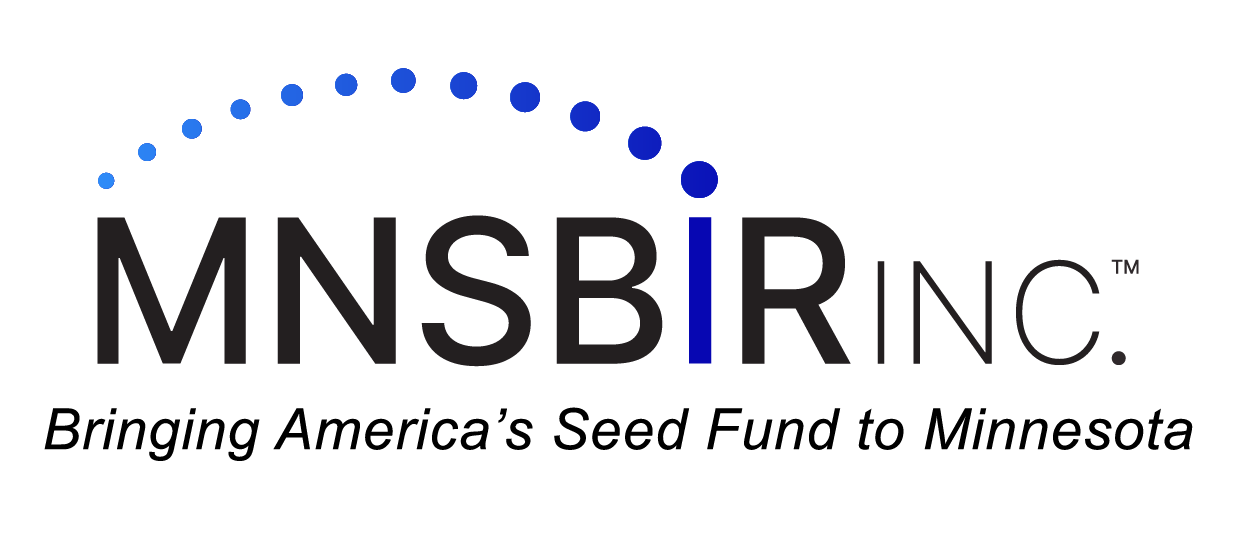Small Business Eligibility Requirements
SBIR (Small Business Innovation Research) and STTR (Small Business Technology Transfer) programs have specific eligibility and participation requirements which you must meet to be eligible. Read more about eligibility at the SBIR.gov website. For more detailed information, download the SBA’s Complete Guide to SBIR/STTR Program Eligibility for full requirements.
SBIR & STTR Eligibility
- Eligible firms are organized as a US for-profit entity with fewer than 500 employees, including affiliates.
- The business must be for-profit and located in the U.S.
- Must be owned and controlled at least 51% by US citizens or permanent resident aliens.
- Formation: Sole proprietorship, small business, cooperative, joint venture, LLC, B-Corp, C-Corp, S-Corp.
SBIR Requirements
- Principal Investigator (PI) must be primarily employed (more than 50%) by the small business at the time of award and during the project.
- The small business must conduct at least:
- 67% of Phase I work based on dollars
- 50% of Phase II work based on dollars
- Collaboration with research institutions is allowed but not required.
- All work muse be done in the United States.
STTR Requirements
- Requires collaboration with a nonprofit research institution (e.g., university, federal lab).
- Small business must conduct at least 40% of the work based on dollars, the research institution must do at least 30% based on dollars, and the remaining 30% can be outsourced to other entities.
- The PI can be employed by either the small business or the research institution (with some agency-specific rules).
- All work must be done in the United States.
MNSBIR is uniquely positioned to help new inquiries assess their fit and readiness. We guide companies through tailored programs designed to support various stages of business development and preparedness. Using our Catalyst Readiness Tool will help you gage your own preparedness.
Technology Readiness Levels (TRLs)
The federal agencies use Technology Readiness Levels (TRLs) to gauge the maturity of a project’s technology. TRLs range from 1 (basic principles) to 9 (fully proven system)
Understanding TRLs is important for aligning your project with the right SBIR/STTR phase and meeting funding expectations. Each SBIR/STTR phase roughly corresponds to a range of TRLs:
- Phase I is typically TRL 2-3.
- Phase II is typically TRL 4-5.
- Phase IIB is typically TRL 6-7 and beyond.
- Phase III is commercialization at TRL 8-9.
It is important to have awareness of the TRL breakdowns for each level:
TRL 1: Basic Principles Observed
- Scientific research begins to be translated into practical concepts.
- Example: Observing a scientific phenomenon without a clear application.
TRL 2: Technology Concept Formulated
- Practical applications of basic research are identified but untested.
- Example: Conceptualizing a new type of battery but without any experimental data.
TRL 3: Analytical and Experimental Proof-of-Concept
- Preliminary research validates the feasibility of the concept.
- Example: Lab experiments proving that a new sensor design functions under simplified conditions.
TRL 4: Component Validation in Laboratory Environment
- Components are integrated and demonstrated in a basic laboratory prototype.
- Example: A small-scale working model of a new medical device is tested under controlled conditions.
TRL 5: Component Validation in Relevant Environment
- Prototypes tested in a simulated or realistic setting relevant to the intended application.
- Example: Testing a drone navigation system indoors with realistic simulations of outdoor conditions.
TRL 6: System or Subsystem Model Demonstration in Relevant Environment
- Prototype demonstrated in an environment closely resembling actual operational conditions.
- Example: A working solar panel tested under simulated space conditions in a vacuum chamber.
TRL 7: System Prototype Demonstration in Operational Environment
- Near-final version of the technology tested in its intended real-world environment.
- Example: A military communication device successfully tested in field exercises.
TRL 8: Actual System Completed and Qualified
- Technology fully developed, tested, and proven in final form under operational conditions.
- Example: An aircraft component that has passed all flight tests and safety qualifications.
TRL 9: Actual System Proven in Operational Use
- Technology fully operational and reliably performing in real-world applications.
- Example: A satellite system that has been successfully deployed in space and is functioning consistently.
TRLs help agencies and investors understand and manage risk, determine funding suitability, and plan technology development effectively.

